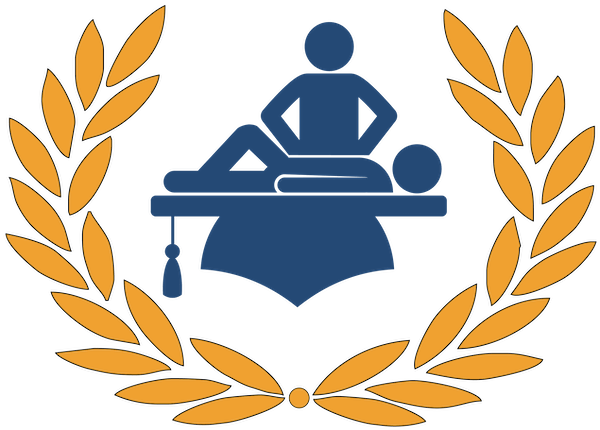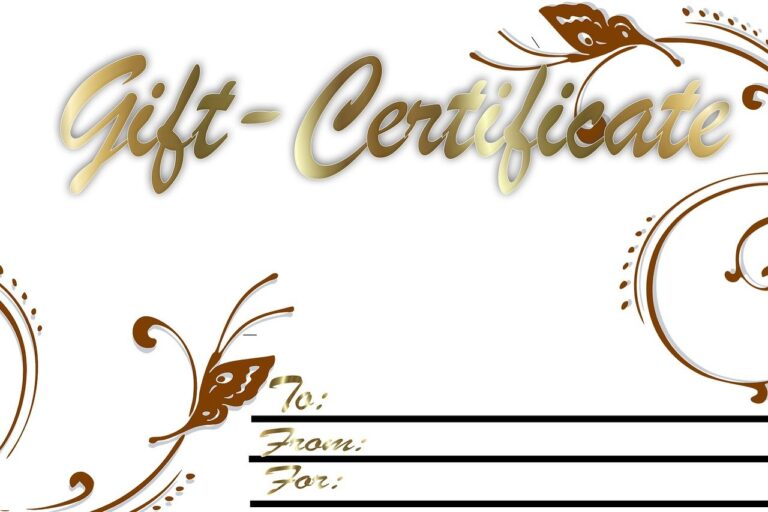Practical Tips for Massage Therapists
Massage therapy is not just an art; it’s a science that demands a blend of skill, knowledge, and the ability to connect with clients on a deeper level. In this ever-evolving field, staying updated with practical tips and best practices is crucial for both budding and seasoned therapists. This blog post delves into key areas that are foundational to a successful massage therapy practice, including effective client communication, self-care to prevent burnout, enhancing client experience, managing a balanced schedule, and developing indispensable business skills. Whether you’re just starting out or looking to refine your practice, these insights will help you elevate your service and nurture your career in massage therapy.
Improving Client Communication and Relationships
The foundation of a successful massage therapy practice lies in building strong, trusting relationships with clients. Effective communication is key, starting from the very first interaction. Here are some strategies to enhance client communication:
- Warm and Welcoming First Impressions: The initial greeting sets the tone. A warm welcome, eye contact, and a respectful handshake can make a world of difference. Remember, first impressions last and can significantly influence the client’s overall experience.
- Effective Intake Process: Utilize a detailed intake form to gather essential information about your clients’ health, preferences, and expectations. This not only shows professionalism but also demonstrates your commitment to personalized care.
- Active Listening: During consultations and sessions, practice active listening. This means fully concentrating on what the client is saying, understanding their needs, and responding thoughtfully. It’s not just about hearing words; it’s about comprehending the message behind them.
- Clear and Compassionate Communication: Explain procedures, techniques, and what clients can expect during their session in a language that is easy to understand. Avoid technical jargon that might confuse them.
- Non-Verbal Cues: Pay attention to non-verbal communication. A client’s body language, facial expressions, and tone can provide insights into their comfort level and needs during a session.
- Feedback and Follow-Up: Encourage clients to provide feedback during and after the session. Also, follow up with them post-appointment to show that you care about their experience and any after-effects they might be experiencing.
By incorporating these strategies, massage therapists can establish a strong rapport with clients, leading to lasting relationships and a thriving practice.
Maintaining Personal Health and Avoiding Burnout
As a massage therapist, your well-being is just as important as the care you provide to your clients. Here are some effective self-care strategies to maintain your health and prevent burnout:
- Regular Physical Activity: Engage in exercises that strengthen and relax your body. Yoga, stretching, or light cardio can keep you physically fit and mentally sharp.
- Mindful Meditation and Relaxation Techniques: Incorporate meditation or mindfulness practices into your daily routine. Even a few minutes of deep breathing or guided imagery can significantly reduce stress.
- Adequate Rest and Nutrition: Ensure you’re getting enough sleep and eating a balanced diet. These are crucial for replenishing your energy and keeping your body in optimal condition.
- Epsom Salt Baths for Muscle Recovery: After a long day, a warm Epsom salt bath can soothe sore muscles and promote relaxation. The magnesium in Epsom salts helps with muscle recovery and reduces inflammation.
- Setting Boundaries: Know your limits and learn to say no when necessary. Overbooking yourself can lead to physical exhaustion and reduced quality of care.
- Professional Development: Engage in continuing education not just for skill enhancement but also for personal growth. This can provide a refreshing break from your routine and reignite your passion for your work.
- Regular Massage Treatments for Yourself: As a therapist, don’t forget to receive massages yourself. This not only helps in self-care but also gives you new perspectives and ideas for your practice.
By incorporating these self-care practices, you can ensure a long, fulfilling career in massage therapy, keeping both your body and mind healthy.
Enhancing Client Experience During Sessions
Creating a positive and memorable experience for clients is crucial in the field of massage therapy. Here are some strategies to enhance the client experience during sessions:
- Creating a Comfortable Environment: Ensure that the massage room is inviting, clean, and peaceful. Soft lighting, comfortable temperature, and a quiet setting can significantly enhance the client’s comfort.
- Personalized Approach: Tailor each session to the client’s specific needs and preferences. This could include customizing the pressure, focusing on particular areas, and even adjusting the room’s ambiance to their liking.
- Clear Communication: Before starting the session, discuss the client’s expectations and any concerns they might have. This helps in customizing the session to their needs and ensures their comfort throughout.
- Feedback During the Session: Regularly check in with the client about the pressure and their comfort level. This not only ensures their well-being but also demonstrates your attentiveness and care.
- Post-Session Care Tips: At the end of the session, offer advice on self-care practices they can do at home. This could include stretching exercises, hydration tips, or relaxation techniques.
- Building a Relationship: Take a genuine interest in your clients’ well-being. Remembering personal details and showing empathy can go a long way in building lasting relationships.
By focusing on these aspects, you can create a nurturing and therapeutic environment that clients will appreciate and remember, making them more likely to return and recommend your services.
Effective Schedule Management
For massage therapists, managing schedules efficiently is vital for maintaining a healthy work-life balance. Here are some tips to help you manage your time effectively:
- Structured Scheduling: Use a planner or digital calendar to organize your appointments. Ensure you have enough time between sessions to avoid feeling rushed and to prepare adequately for each client.
- Prioritize Breaks: Incorporate regular breaks into your schedule. This is crucial not just for physical rest but also for mental rejuvenation. Short breaks can help you stay focused and energized throughout the day.
- Set Realistic Boundaries: Understand your limits and avoid overbooking. It’s important to balance the desire to accommodate as many clients as possible with the need to maintain your own well-being.
- Time for Administrative Tasks: Allocate specific times for administrative duties such as responding to emails, managing bookings, and updating client records. This helps in maintaining efficiency and organization.
- Personal Time is Essential: Reserve time for personal activities and relaxation. Engaging in hobbies, spending time with family, or simply relaxing are crucial for avoiding burnout.
- Flexibility: While it’s important to have a structured schedule, being flexible to accommodate urgent client requests or personal emergencies is also necessary. However, flexibility should not come at the cost of your personal time and well-being.
By adopting these scheduling practices, you can ensure a more balanced and sustainable career in massage therapy.
Developing Essential Business Skills
In addition to honing their therapeutic skills, massage therapists must also cultivate essential business acumen. Here are key areas for development:
- Continuing Education in Business Management: Engage in workshops, seminars, or online courses that focus on business skills relevant to massage therapy. Topics can include marketing, client retention, finance management, and digital presence.
- Effective Marketing Strategies: Learn how to effectively market your services to reach a broader audience. This includes understanding social media marketing, networking, and building an online presence.
- Client Relationship Management: Develop skills in managing client relationships, which is key to client retention. This involves learning how to effectively communicate, address client concerns, and build a loyal customer base.
- Financial Literacy: Gain a solid understanding of financial management, including budgeting, pricing your services appropriately, and managing expenses.
- Time Management and Efficiency: Learn how to manage your time effectively, ensuring that you can balance client appointments, administrative tasks, and personal time.
- Adapting to Change and Innovation: Stay updated with the latest trends and technologies in massage therapy and business management. Being adaptable and open to innovation can give you a competitive edge.
By developing these business skills, massage therapists can not only enhance their practice but also ensure its growth and sustainability in the competitive health and wellness market.
In conclusion, the journey of a massage therapist is as much about personal development as it is about professional skill. By improving client communication, prioritizing self-care, enhancing the client experience, effectively managing your schedule, and developing essential business skills, you can build a fulfilling and sustainable career in massage therapy. Remember, continuous learning and adaptation are key to staying relevant and successful in this dynamic field.
Enhance Your Massage Therapy Skills with Our Continuing Education Courses! At The Somatic Arts and Sciences Institute, we’re dedicated to your growth and success. Our online continuing education courses offer the latest in massage therapy techniques, business management, and much more. Take your practice to the next level and stay ahead in the ever-evolving world of massage therapy. Explore Our Courses!
Thank you for reading, and we wish you the best of luck in your journey as a massage therapist!





